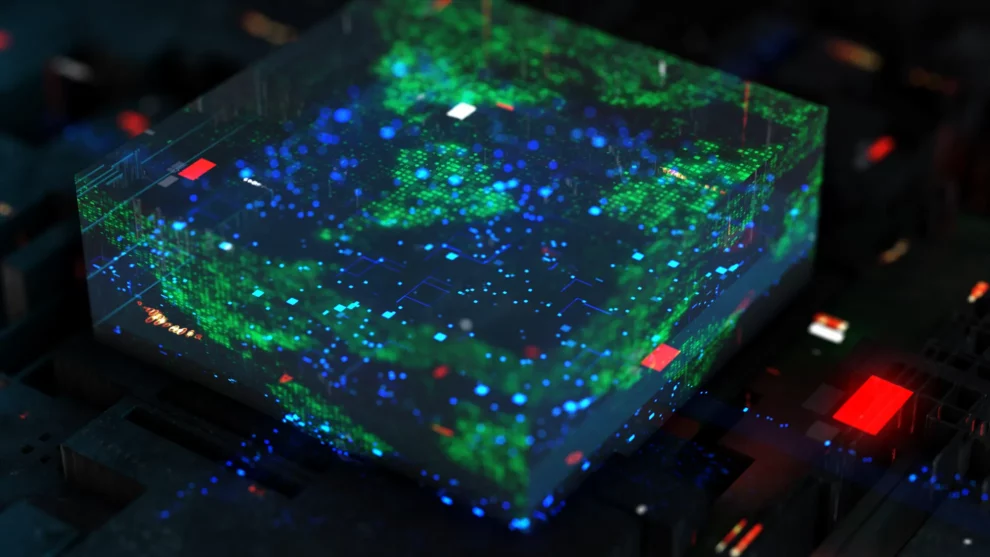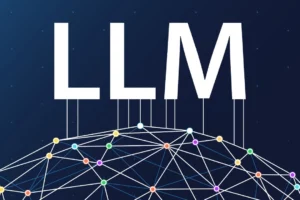Imagine a team of robots seamlessly navigating a disaster zone, coordinating to locate and rescue survivors. Or a network of drones choreographing their flight paths to optimize traffic flows across a bustling city.
These enthralling glimpses into collaborative intelligence arise from multi-agent AI systems – distributed networks of multiple interacting intelligent agents that can demonstrate emergent capabilities beyond those of the individual agents.
What are Multi-Agent AI Systems?
Unlike traditional, single-agent AI models, multi-agent AI systems comprise multiple autonomous agents that share an environment, perceive it, and respond to it – including responding to the actions of other agents.
Interactions between the agents can be cooperative or competitive or some mix of both. The overall system works towards a common goal or set of goals through the collective actions and coordinated intelligence of the agents.

Benefits of Multi-Agent AI Systems
Multi-agent systems provide several key advantages over single-agent AI:
Emergent Intelligence
When designed effectively, the agents’ interactions produce emergent intelligence – problem-solving abilities greater than each agent’s individual capabilities. This facilitates handling complex challenges beyond the scope of any single agent.
Adaptability and Resilience
The decentralized nature of multi-agent systems makes them adaptable to changes in the environment. If any agent fails, others can compensate, adjust strategies as needed, and continue working towards system objectives.
Scalability and Robustness
It’s easy to enhance multi-agent systems by incorporating additional agents, allowing the system to scale up for large, complex tasks across dynamic environments.
Real-World Applications
Let’s explore some impactful real-world applications of this futuristic technology:
Collaborative Robotics
Teams of multi-agent robots can work together on critical missions like locating survivors in disaster sites, space exploration, hazardous environment mapping, and automating construction projects.
Intelligent Traffic Optimization
Networks of smart drones or software agents can continuously optimize traffic flows based on real-time analysis of vehicular movement, preventing congestion and enhancing urban mobility.
Adaptive Cybersecurity Systems
By mimicking hackers’ strategies, multi-agent cybersecurity defenses can identify vulnerabilities, share threat intelligence, coordinate responses, and constantly adapt to combat evolving attacks.
Algorithmic Trading
Groups of AI agents can ingest vast financial datasets, identify complex patterns, and collaborate to make lucrative quantitative trading decisions far beyond human capabilities.
Smart Energy Grid Optimization
Interconnected intelligent agents can balance real-time supply and demand across smart power grids, routing energy most efficiently while integrating renewable sources.
Design Challenges
Despite their immense potential, effectively designing multi-agent systems poses notable challenges:
Coordination and Communication
Creating communication protocols enabling seamless coordination between agents requires overcoming bottlenecks in sharing bandwidth-heavy sensor data or decision-making models.
Adaptation and Learning
Enabling lifeline learning allows agents to continually enhance strategies based on experience. But unpredictable environments exponentially grow the sample spaces, hindering learning convergence.
Ethics and Unintended Consequences
The complexity of emergent behaviors makes modeling unintended outcomes difficult, necessitating careful fail-safe agent design.
The Exciting Road Ahead
Despite these challenges, multi-agent systems provide a fascinating glimpse into future technological transformations. As research tackles these limitations, we inch closer to seamless human-machine collaboration, unlocking problem-solving capabilities to overcome global challenges.
















Add Comment